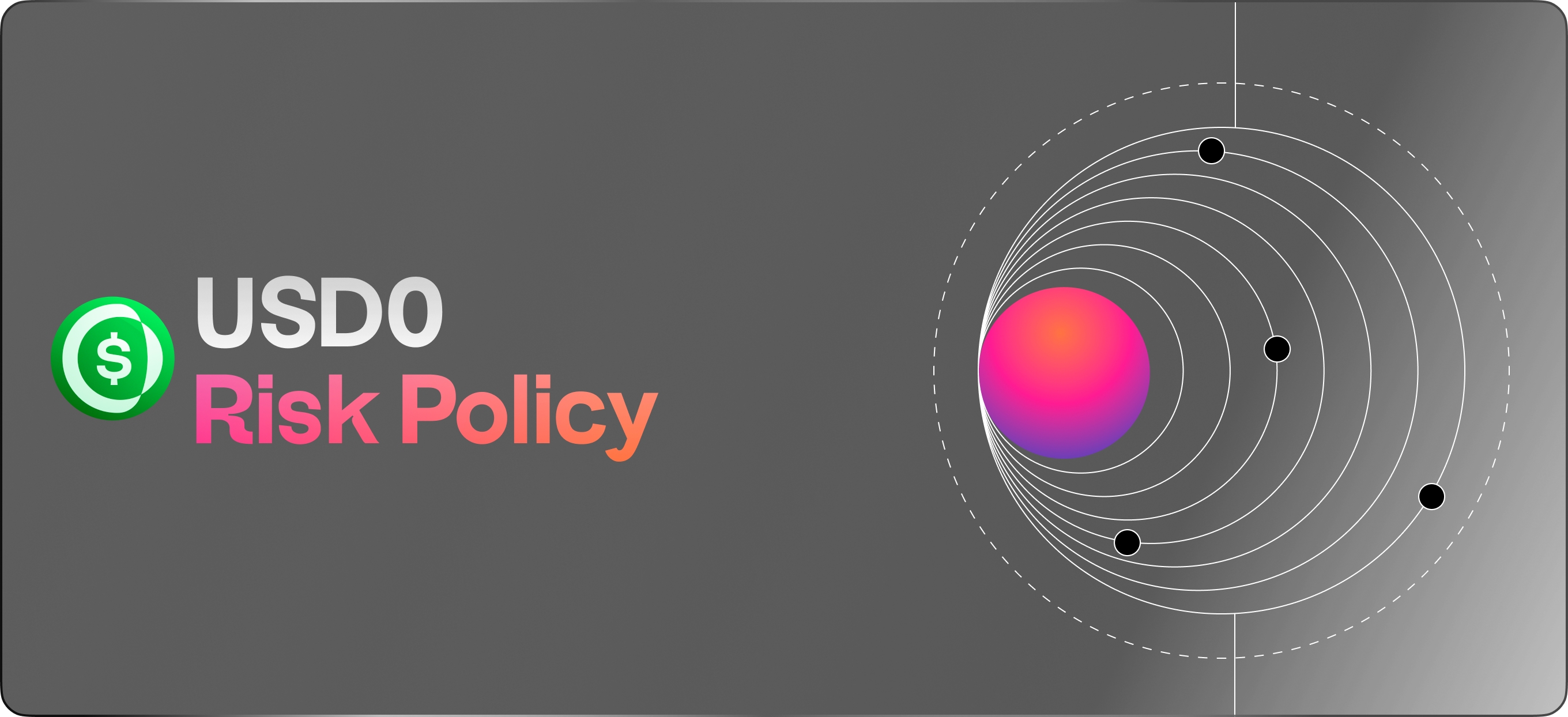Counterparty Risk
Definition
Counterparty risk refers to the possibility that a counterparty—a financial institution or another entity—may fail to meet its contractual obligations or default on its commitments. In the context of Usual, the key counterparties are:
The tokenizer, responsible for digital token transactions.
A potential dependent fund manager, who manages investments.
The banks or custodians with which the fund manager interacts, handling financial transactions.
Impact on Usual’s Collateral
Usual’s collateral can be affected if the counterparties involved in managing or holding the Real World Assets (RWA) fail. For instance:
Failure of a tokenizer could result in the inability to liquidate or secure the digital tokens that represent the physical assets.
Default by a fund manager or financial insolvency could lead to losses in managed assets, impacting the overall value of the collateral pool.
Banking or custodial failures might restrict access to funds or lead to losses if the institutions face liquidity issues or collapse, as seen historically with Lehman Brothers and Silicon Valley Bank.
Risk Monitoring and Management
Usual employs a comprehensive approach to monitoring and managing counterparty risk, which includes setting clear guidelines and regular reviews to ensure that all counterparties adhere to agreed-upon standards and practices.
First Line of Mitigation: Setting Clear Counterparty Criteria
Tokenizer: In most cases, within the framework of bankruptcy remote vehicles (BRVs), we engage only with tokenizers that possess robust operational frameworks and financial stability, as confirmed by independent audits.
Dependent Fund Manager: Ensure fund managers have a proven track record and are regulated under appropriate financial authorities.
Banks and Custodians: Ensure that our counterparties collaborate exclusively with highly rated banks and financial institutions that demonstrate strong risk management and compliance records.
Second Line of Mitigation: Regular Monitoring and Compliance Checks
Tokenizer: Conduct periodic audits and performance reviews to ensure compliance with security and regulatory standards.
Dependent Fund Manager: Regularly assess the investment decisions and risk exposure of the fund managers to ensure they align with Usual's risk appetite.
Banks and Custodians: Monitor the financial health and stability of the banks and custodians, including a review of their credit ratings and risk exposure.
Third Line of Mitigation: Contingency Plans and Corrective Actions
Tokenizer: Establish contingency for swift action if a tokenizer fails, including alternative arrangements for token redemption and asset liquidation.
Dependent Fund Manager: Set up mechanisms to quickly switch fund management services if required, minimizing disruption in asset management.
Banks and Custodians: Diversify banking relationships and custodial services to mitigate risks associated with the failure of any single institution.
